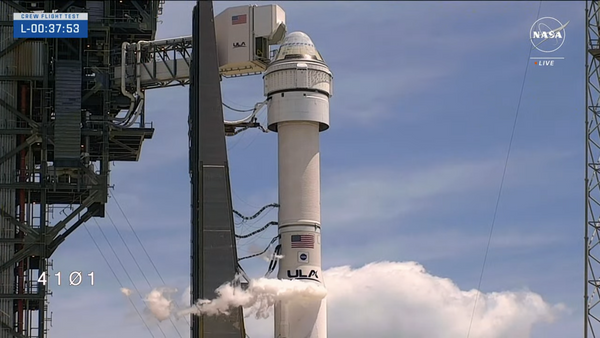
The path for the Hunter Valley's final exit from coal has become clearer. The Labor government's key climate change legislation - the Safeguard Mechanism - is moving through the houses of Parliament.
Firmly in the government's sights are the Hunter's giant coal mines. These mines will be directed to substantially reduce scope 1 emissions by 2030. For coal mines, scope 1 emissions are greenhouse gases that leak from coal seams during mining, and the greenhouse gases that are emitted by a mine's vast fleet of diesel-powered shovels, dozers and trucks.
The Safeguard Mechanism will get Labor to its target of 43 per cent reduction in greenhouse gas emissions by 2030. By then, the government will have in place plans to achieve a net-zero emissions target for 2050.
An attack on scope 2 emissions is inevitable. These are the greenhouse gas emissions generated by a facility's electricity supplier, for example, the carbon dioxide emitted when Tomago Aluminium purchases electricity generated at AGL's Bayswater power station. Bans and restrictions on scope 1 and 2 emissions will lead to the cost of coal mining in the Hunter to rise significantly.
Cheaper producers not subject to climate change regulations, perhaps those in Indonesia, will eat away at our markets. Cost pressures could mean Hunter mines might never make it to the 2040s. At some point, scope 3 emissions will be on the block. These are the greenhouse gases emitted by downstream users, in our case the thermal power stations in Asia. When scope 3 emissions are banned, thermal coal in Australia is sunk.
No region in eastern Australia is affected by the Safeguard Mechanism like the Hunter, none of the big metropolitan economies, none of the agricultural regions. There are 14 Hunter mines on the targeted list - 'facilities' as they are called in the legislation - plus the mines at Ulan and Wollar. Also on the list are Tomago Aluminium and the Orica plant on Kooragang Island. Coal haulers Aurizon and Pacific National are there too.
Nationwide, there are 215 targeted facilities. These are sites where annual emissions of carbon dioxide and other greenhouse gases exceed 100,000 tonnes (measured as carbon dioxide equivalent, CO2e). A facility on the targeted list must reduce greenhouse gas emissions by 4.9 per cent each year until 2030. In aggregate, the nation's emissions (CO2e) will then fall from 140 million tonnes pa currently to less than 100 million tonnes pa in 2030.
For coal mines, the task isn't easy. Fugitive emissions are hard to trap while alternatives to diesel-powered equipment and vehicles are not readily bought from a local Caterpillar or Komatsu dealer. Rail freight companies face expensive electrification of freight lines with the availability of replacement electric propulsion units a long way off.
For Orica's Kooragang Island, though, the company plans new technologies to minimise emissions by converting nitrous oxide gases into nitric acid. For Tomago Aluminium, similarly, technological solutions are needed to control emissions generated by the consumption of carbon anodes in the smelting process.
The final detail of the Safeguard Mechanism is being worked through. One issue is the extent to which a facility operator might buy carbon credits instead of reducing emissions. Credits might be purchased from facility operators who are ahead of their targets, or from government-accredited providers.
An amendment from the Greens, accepted by Parliament, seeks to limit widespread use of carbon credits, reserving them as a way of smoothing long-term paths to emissions reductions rather than as a way of continuing business as usual.
Obviously, restrictions on carbon credits have major implications for miners and rail operators dependent on diesel-powered vehicles and equipment.
So this is where we are at: phasing out scope 1 greenhouse emissions by the big emitters is being enshrined in national law, and the coal sector is a primary target. Only the detail is uncertain.
Sadly, though, a fully-funded parliamentary plan for transitioning our region away from coal hasn't accompanied the Safeguard Mechanism. By my reckoning, coal in the Hunter has 25 years to run. Only the foolhardy or dishonest can imagine a thriving coal sector in the region beyond 2050.
The Safeguard Mechanism is an historic moment in the phase-out of fossil fuel mining in the Hunter. We have been warned.
*Phillip O'Neill is grateful for background information supplied by various government agencies in writing this column
Phillip O'Neill is professor of economic geography at Western Sydney University
To see more stories and read today's paper download the Newcastle Herald news app here.







